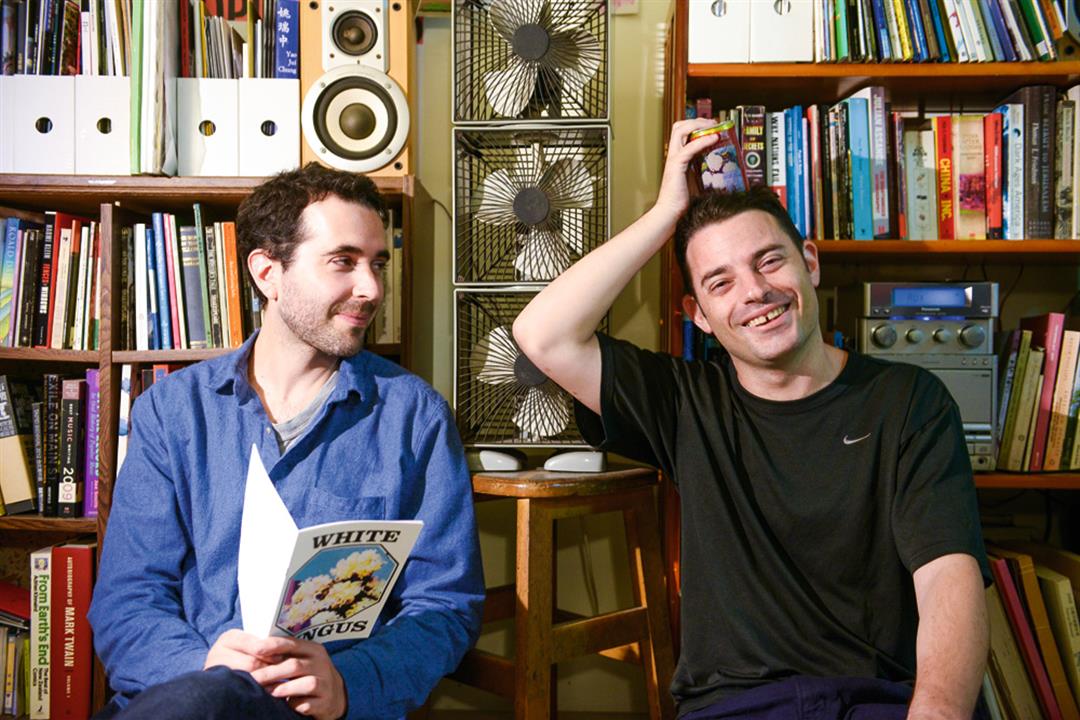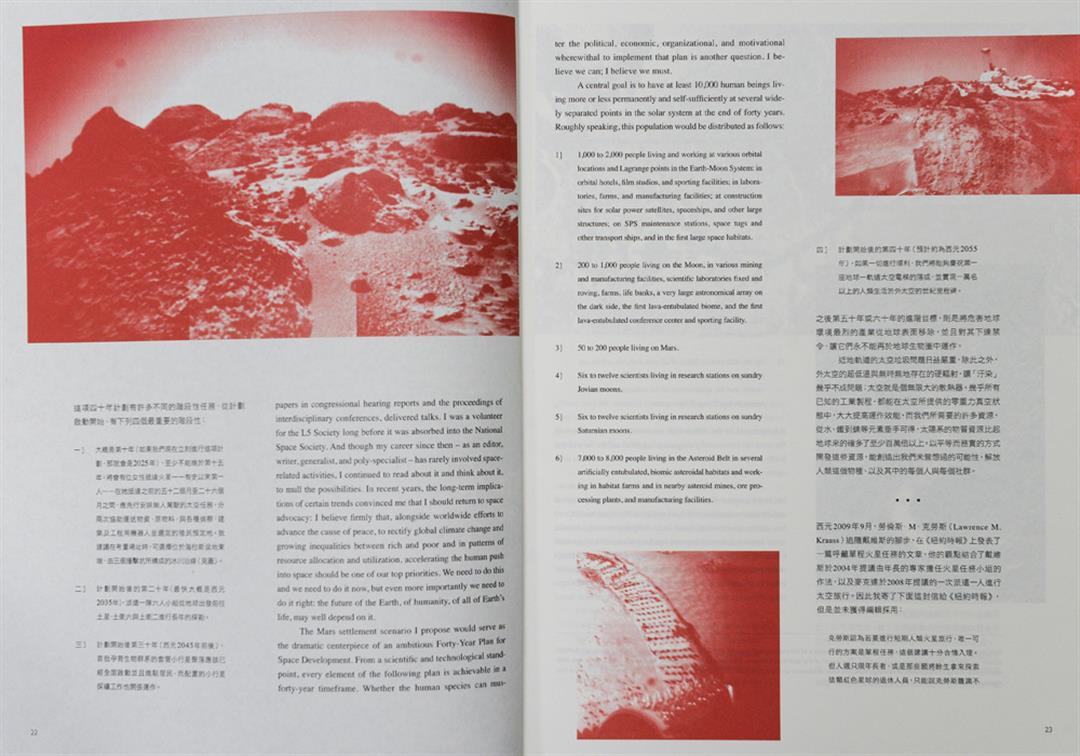Speaking to the world
For all that White Fungus speaks to the international art scene, the brothers haven’t forgotten about Taiwan. In fact, they founded a second magazine with a more local orientation in 2013. That publication, which they called The Subconscious Restaurant, covers experimental music. Unlike the more internationally oriented White Fungus, which is inaccessible to Taiwanese who don’t read English, The Subconscious Restaurant reports on Taiwanese art in a bilingual format that places Chinese and English side by side.
The new magazine’s inaugural issue documented audio–video artist Wang Fujui’s tour of New Zealand and included a piece entitled “The Taiwanese Sound Liberation Movement” that offered a retrospective on the origin and development of sound art in Taiwan. Pieces on related topics, including Betty Apple, a Taiwanese artist who excels at blending stage performance with sound creation, and Underworld, a live music venue that cultivated Taiwan’s independent music scene, followed soon after.
The two have been impressed by the creativity of Taiwanese sound art. Mark says that Taiwan has done exceptionally well in the field, and many local artists have shone brightly at the Venice Biennale. And while sound art performances aren’t an especially big draw in New York and other international cities, they have been better received in Taiwan, where audiences often number in the hundreds.
Just like White Fungus, the name of The Subconscious Restaurant grew out of Ron’s take on the differing cultural attributes of East and West. With that in mind, the magazine is more than an expression of the brothers’ passion for art: it also functions as a medium for artistic exchange between New Zealand and Taiwan. In a testament to the years the brothers have spent encouraging art exchanges, the apartment that Mark uses as his editing studio is papered with posters and magazines promoting those events.
Ron says that when not running the magazines, the two sometimes work as DJs curating musical performances. Over the last five years, they’ve invited foreign artists such as Poland’s Zbigniew Karkowski to perform in Taipei and Taichung, and promoted Taiwan on the international art scene by booking Taiwanese artists like Steve Chen for performances in New York and Berlin.
With New Zealand scheduled to be the guest of honor at the 2015 Taipei International Book Exhibition in February, Ron and Mark plan to use the expo to personally introduce their two publications to a broader audience. Seeking to spark still greater numbers of bilateral cultural exchanges, they will also curate Taiwan performances by various New Zealand sound artists.
It has now been ten years since Ron and Mark first founded White Fungus, yet they still hold on to their photocopied and hand-bound inaugural issue as a means of reminding themselves of why they created the magazine in the first place. All these years later, the two men regard Taiwan as their second home. That feeling, together with their childlike curiosity about everything, has kept them exploring and developing their experimental path through the arts here on our small island.

A fight to preserve historic buildings inspired brothers Ron (right) and Mark (left) from New Zealand to found the magazine White Fungus. Long-time residents of Taichung, the brothers have turned their zeal to promoting Taiwanese art to the international community.

The Hanson brothers established The Subconscious Restaurant two years ago to give Taiwanese readers a glimpse of art from around the world.

The Hanson brothers established The Subconscious Restaurant two years ago to give Taiwanese readers a glimpse of art from around the world.